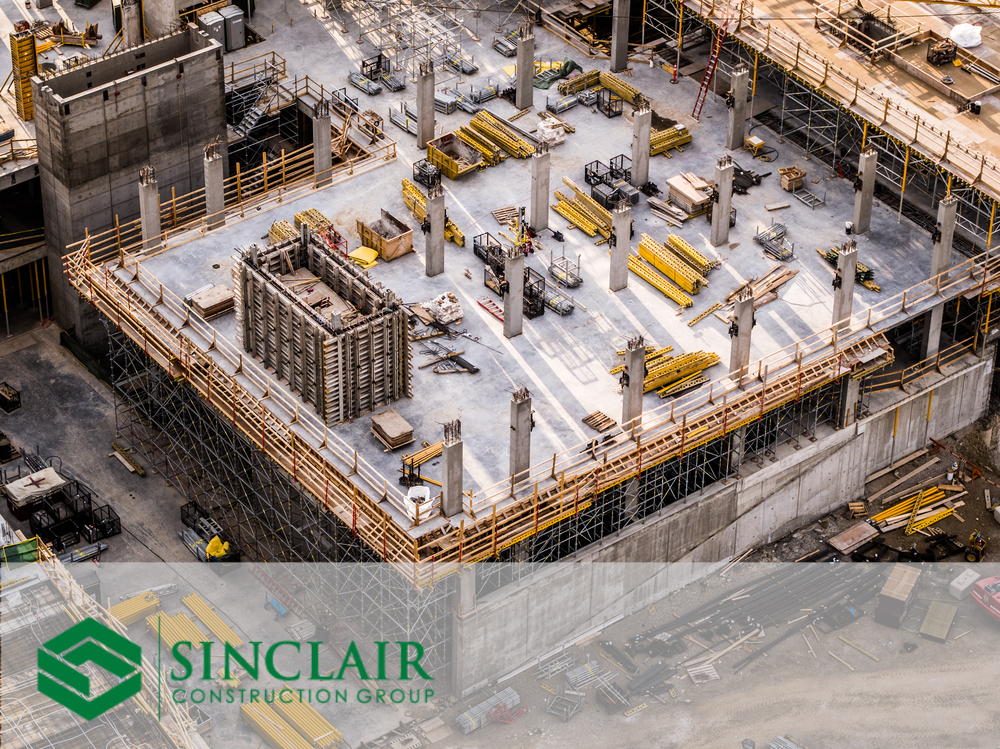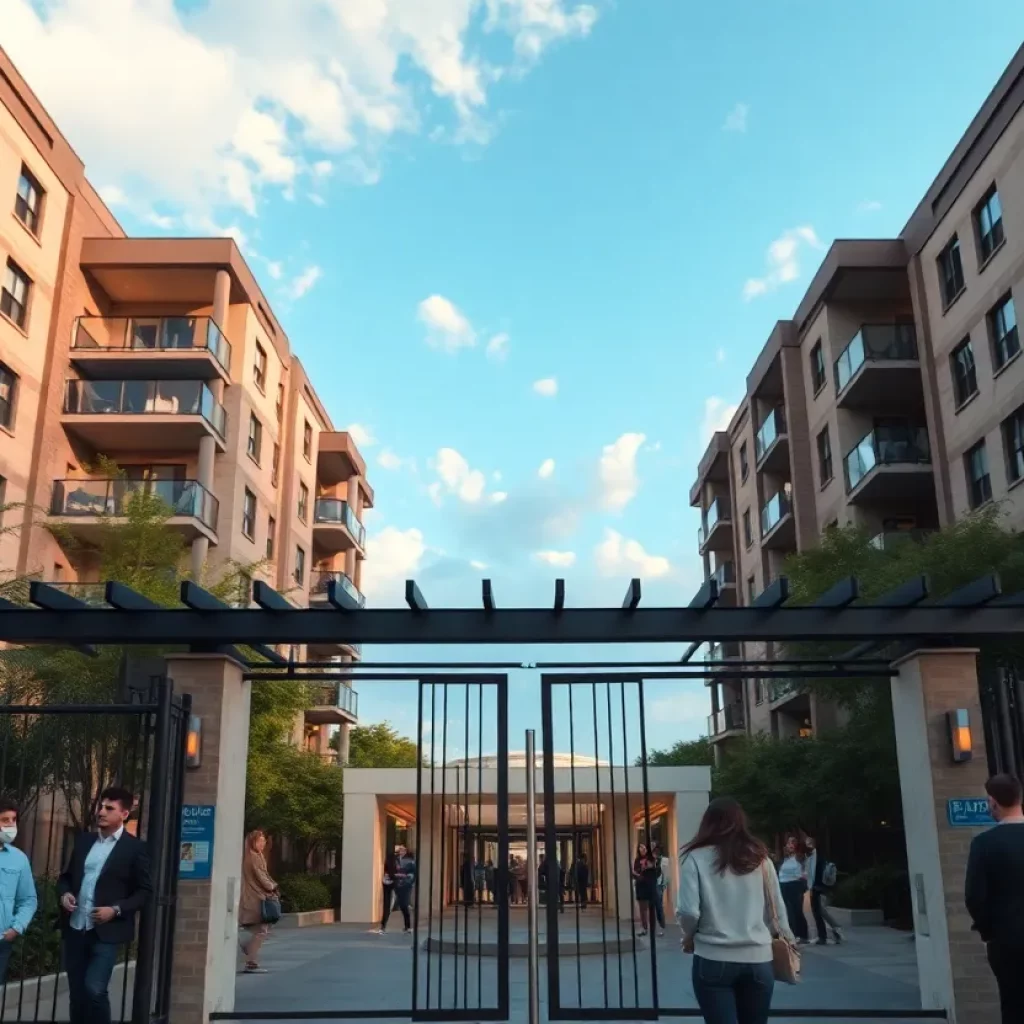Atlanta News
TOP ATLANTA STORIES
BREAKING NEWS
Atlanta Breaks 54-Year-Old Temperature Record as Heat Wave Hits
News Summary Atlanta has shattered its previous temperature record, reaching an astonishing 87 degrees. This surpasses the old record of 85 degrees set in 1969, indicating a significant temperature rise...
Georgia Authorities Arrest Over 1,500 Illegal Immigrants
News Summary In a significant crackdown, Georgia authorities have arrested more than 1,500 illegal immigrants since January 2025, reinforcing strict immigration policies. The operation revealed alarming criminal backgrounds among many...
Georgia Judge Rules Young Thug Did Not Violate Probation
News Summary A Georgia judge has determined that rapper Young Thug, also known as Jeffery Williams, did not violate his probation despite a controversial social media post that labeled a...
Multiple Shootings Under Investigation in Atlanta
News Summary Atlanta is grappling with a surge in violent shootings over the weekend, with multiple victims, including fatalities. Key incidents include shootings in Midtown, Bolfair Drive, Mayson Turner Road,...
Atlanta Experiences Violence: Woman Hospitalized and Man Shot Dead
News Summary Atlanta is reeling from two shocking separate shootings. A 42-year-old woman bravely drove herself to a fire station after being shot in the chest, while a man was...
Georgia Lawmakers Approve $37.7 Billion State Budget
News Summary On the final day of the legislative session, Georgia lawmakers successfully passed a $37.7 billion state budget. The budget addresses various state needs, including a Child Tax Credit,...
BUSINESS
Business Profile: Sinclair Construction Group
Sinclair Construction Group has been recognized as one of the premier concrete contracting companies in Georgia’s private and public sectors for a decade. Quality workmanship, commitment to safety, and customer satisfaction...
The 10 Best SEO Companies In Atlanta, GA
Are you a business owner in the Atlanta, GA looking for a reliable SEO company to help increase your online visibility and drive organic traffic to your site? Ranking at...
Events/What's Happening
Spring Break Traffic in Georgia Set to Increase
News Summary With spring break nearing, one-third of Georgia residents are planning getaways, leading to a forecasted surge in traffic, especially in Atlanta. The state’s beaches are popular destinations, and...
Atlanta Food Scene Flourishes with New Menus and Grants
News Summary The Atlanta food scene is buzzing with excitement as local food influencers celebrate milestones, new grants support established restaurants, and spring menus debut across the city. Influencer Alyssa...
Atlanta Playwright Makes Broadway Debut with Provocative Play
News Summary Atlanta’s own Kimberly Belflower makes her Broadway debut with ‘John Proctor Is the Villain,’ a modern take on ‘The Crucible’ that incorporates feminist themes and addresses contemporary adolescent...
Parade Explores Leo Frank’s Dark Legacy at Fox Theatre
News Summary The musical ‘Parade’ brings to life the harrowing story of Leo Frank, wrongfully convicted for the murder of Mary Phagan in 1913. Running from April 3 to April...
Chris Brown Schedules Third Atlanta Show for ‘Breezy Bowl XX’ Tour
News Summary Chris Brown has announced a third show in Atlanta for his ‘Breezy Bowl XX’ tour due to high demand from fans. The new performance is set for October...
Keisha Lance Bottoms Considers Run for Georgia Governor
News Summary Former Atlanta Mayor Keisha Lance Bottoms is on the brink of announcing her candidacy for governor of Georgia. Speaking at the Leading Women Defined Summit, Bottoms emphasized the...
Celebrate Mother’s Day in Atlanta Without Breaking the Bank
News Summary Mother’s Day in Atlanta offers a variety of budget-friendly activities that allow families to celebrate without overspending. From movies under the stars to delicious brunch options, there are...
Atlanta Gears Up for 404 Day Celebrations
News Summary Atlanta is set for a weekend of festivities in celebration of 404 Day, featuring over 100 vendors, live music performances, community events, and cultural showcases. Key highlights include...
Atlanta Productions Seeking Talent: Multiple Casting Calls Announced
News Summary Atlanta is bustling with casting opportunities as various productions are looking for fresh talent. From seasoned actors to newcomers, several projects are offering roles including a 1970s themed...
CRIME
Body of Mummified Individual Discovered in Atlanta Home
News Summary On March 31, 2025, a shocking discovery was made in Atlanta when a mummified body was found in a home on Forest Park Road. The Atlanta Police Department...
Police Seek Two Men in Violent Atlanta Robbery
News Summary Atlanta police are searching for two men involved in a violent robbery near the Historic Fourth Ward Skatepark. The victim was seriously injured, and eyewitnesses reported a chaotic...
Early Spring Freeze and Frost Advisory for North Georgia
News Summary As spring officially begins, a cold snap is hitting North Georgia. A Freeze Warning is in place for Northwest Georgia as temperatures may fall below freezing. Meanwhile, a...
Investigation Underway After Assault on Delta Flight
News Summary An investigation is in progress following an unruly incident on Delta Flight 501 from Atlanta to Los Angeles, where a passenger was reportedly assaulted. The chaotic event involved...
Missing 14-Year-Old Abdul Aziz Khan Found Safe in Colorado
News Summary Abdul Aziz Khan, a 14-year-old boy abducted in 2017 by his non-custodial mother, was found safe in Colorado after a seven-year-long case. Law enforcement discovered Khan during a...
Atlanta Residents Demand Better Security in Luxury Apartments
News Summary Residents of LaFrance Square Luxury Apartments in Atlanta are voicing their concerns over safety following multiple car thefts and a gunfight. With rents exceeding $4,000 a month, tenants...
POLITICS
Georgia Authorities Arrest Over 1,500 Illegal Immigrants
News Summary In a significant crackdown, Georgia authorities have arrested more than 1,500 illegal immigrants since January 2025, reinforcing strict immigration policies. The operation revealed alarming criminal backgrounds among many...
Georgia Judge Rules Young Thug Did Not Violate Probation
News Summary A Georgia judge has determined that rapper Young Thug, also known as Jeffery Williams, did not violate his probation despite a controversial social media post that labeled a...
Georgia Lawmakers Approve $37.7 Billion State Budget
News Summary On the final day of the legislative session, Georgia lawmakers successfully passed a $37.7 billion state budget. The budget addresses various state needs, including a Child Tax Credit,...
Fulton County Prosecutors Push to Revoke Young Thug’s Probation
News Summary Fulton County prosecutors are seeking to revoke Young Thug’s probation after a controversial social media post that endangered a key witness. The rapper’s post, which accused investigator Marissa...
Protesters Disrupt Atlanta Mayor’s Campaign Event Over Training Center
News Summary Protests broke out at Mayor Andre Dickens’ reelection launch over the controversial public safety training facility in Atlanta. The protests stem from a referendum initiative and ongoing legal...
Atlanta Hosts ‘Clap Out’ for Laid-Off U.S. Education Employees
News Summary A heartfelt ‘clap out’ event took place in Atlanta to honor the former employees of the U.S. Education Department facing layoffs due to significant reductions. Amidst the nationwide...
Aria Restaurant Nominated for 2025 James Beard Award in Atlanta
News Summary Atlanta’s culinary scene is buzzing with excitement as Aria, a fine dining restaurant in Buckhead, has been named a finalist for the 2025 James Beard Award for Outstanding...
Atlanta City Council Discusses Short-Term Rental Regulations
News Summary The Atlanta City Council is revisiting short-term rental regulations due to concerns over disruptive ‘party houses’. Local residents report noise disturbances and stress, while rental owners fear for...
DeKalb County’s Initiative for Improved Public Safety
News Summary DeKalb County is launching a real-time crime center to enhance public safety, featuring advanced technology for crime prevention and rapid response. This facility will centralize surveillance, data analysis,...
SPORTS
EF-1 Tornado Causes Damage in Henry County During Severe Storms
News Summary An EF-1 tornado struck Henry County on Monday, inflicting significant damage as severe storms swept through the Atlanta area. The tornado touched down with winds reaching 90 mph,...
Matthew Judon’s Future with Atlanta Falcons Uncertain
News Summary Matthew Judon’s future with the Atlanta Falcons is in jeopardy after a disappointing season. The four-time Pro Bowler struggled to meet expectations, finishing with only 5.5 sacks. Changes...
Severe Storms Forecasted for Georgia This Week
News Summary Georgia residents should brace for severe storms starting Tuesday, with wind gusts potentially reaching 80 mph and warnings for tornadoes and hail. Areas like Savannah and metro Atlanta...
Severe Storms Wreak Havoc in Metro Atlanta and Southeastern States
News Summary Early Sunday morning, severe storms struck Atlanta, causing extensive damage and resulting in one fatality when a tree fell on a home. Wind gusts reached 69 mph, impacting...
Georgia Gears Up After Extension Denied for Hurricane Helene Aid
News Summary The denial of a federal extension for disaster aid following Hurricane Helene leaves Georgia local governments in a challenging situation. With over $5 billion in damages and significant...
EF-1 Tornado Rips Through Butts County: Significant Storm Damage Reported
News Summary An EF-1 tornado hit Butts County early Sunday, causing severe damage with winds up to 105 mph. The tornado’s 7.1-mile path impacted nearby areas, leading to multiple storm-related...
Severe Storms Cause Destruction in Metro Atlanta
News Summary Metro Atlanta experienced severe storms early Sunday, bringing heavy rains and destructive winds. Two tornadoes were confirmed, resulting in tragic incidents, widespread power outages, and significant damage to...
Churches in Georgia Cancel Services Due to Winter Storm
News Summary In response to the aftermath of a winter storm, multiple churches across Georgia have canceled their services and activities for safety. Various congregations, including Zoe Baptist Church and...
Winter Storm Hits Metro Atlanta Hard
News Summary A significant winter storm has affected Metro Atlanta, leaving behind snow and icy conditions. With snowfall ranging from half an inch to 3 inches, drivers are facing treacherous...










































